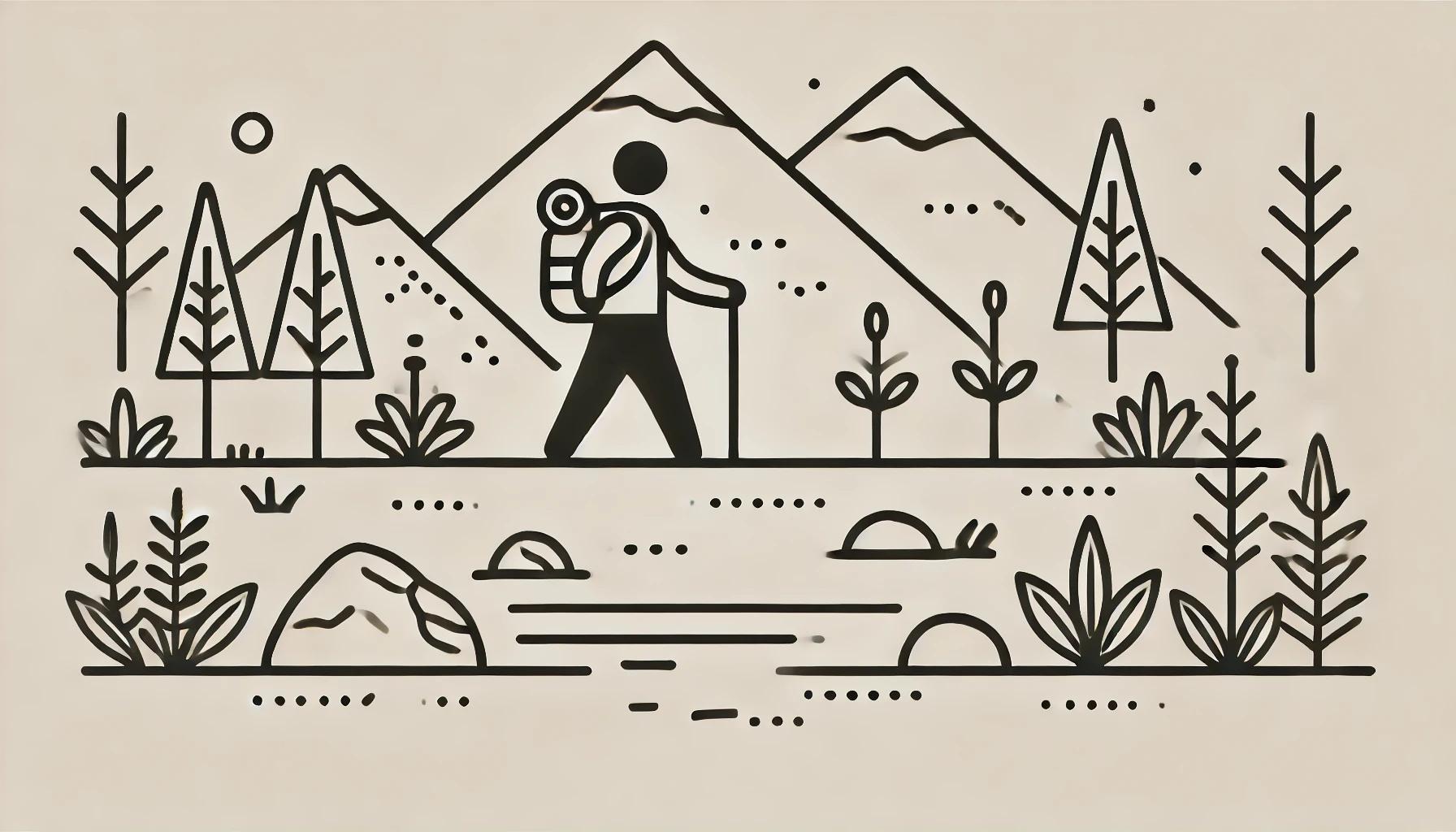Hiking is a fantastic way to connect with nature, enjoy breathtaking landscapes, and experience the thrill of the great outdoors. Whether you’re a seasoned hiker or new to the trails, this guide will provide you with essential tips and insights to make the most of your hiking adventures.
The Benefits of Hiking
Hiking offers numerous physical, mental, and emotional benefits:
- Physical Fitness: Hiking is an excellent form of exercise that improves cardiovascular health, builds muscle strength, and enhances endurance.
- Mental Clarity: Spending time in nature reduces stress, boosts mood, and promotes mental well-being.
- Connection with Nature: Hiking allows you to immerse yourself in natural beauty, fostering a sense of peace and appreciation for the environment.
- Adventure and Discovery: Each hike presents new challenges and discoveries, making it a rewarding and exciting activity.
Getting Started
Choosing the Right Gear
Investing in the right gear is crucial for a comfortable and safe hiking experience:
- Hiking Boots: Choose sturdy, well-fitted boots with good ankle support and traction.
- Backpack: A durable, lightweight backpack with multiple compartments to carry essentials.
- Clothing: Dress in layers to adapt to changing weather conditions. Opt for moisture-wicking and breathable fabrics.
- Navigation Tools: Carry a map, compass, or GPS device to stay on track.
- Water Bottle: Stay hydrated with a reusable water bottle or hydration system.
- Trekking Poles: Provide stability and reduce strain on your joints.
Preparing for Your Hike
Proper preparation ensures a safe and enjoyable hike:
- Research the Trail: Gather information about the trail’s difficulty, length, and terrain. Check for any trail closures or weather updates.
- Plan Your Route: Plan your route and let someone know your itinerary. Estimate the time needed and set a realistic pace.
- Pack Essentials: Include a first-aid kit, snacks, sunscreen, insect repellent, a multi-tool, and a flashlight or headlamp.
- Know Your Limits: Choose a trail that matches your fitness level and gradually increase the difficulty as you gain experience.
Hiking Techniques
Walking Efficiently
Efficient walking techniques help conserve energy and reduce the risk of injury:
- Pace Yourself: Start at a steady pace and take regular breaks. Avoid rushing to prevent fatigue.
- Use Proper Posture: Keep your back straight, shoulders relaxed, and use a natural stride.
- Foot Placement: Step gently and place your feet flat on the ground to maintain balance.
- Breathing: Practice deep, rhythmic breathing to stay energized and focused.
Navigating Terrain
Different terrains require specific techniques for safe navigation:
- Uphill Hiking: Lean slightly forward, take smaller steps, and use trekking poles for support.
- Downhill Hiking: Lean back slightly, bend your knees, and use your poles to control your descent.
- Rocky or Uneven Terrain: Watch your footing, use your hands for balance, and move slowly to avoid slips.
Exploring Different Types of Hikes
Day Hikes
Day hikes are a great way to explore nature without the need for extensive gear:
- Short Trails: Ideal for beginners, offering easy access and manageable distances.
- Scenic Overlooks: Trails that lead to stunning viewpoints or landmarks.
- Wildlife Observation: Hikes through habitats known for diverse flora and fauna.
Backpacking
Backpacking involves multi-day hikes with overnight camping:
- Planning: Choose your route, plan your campsites, and obtain any necessary permits.
- Packing: Carry a lightweight tent, sleeping bag, cooking gear, and sufficient food and water.
- Leave No Trace: Practice responsible hiking by packing out all trash and minimizing your impact on the environment.
Nature Trails
Nature trails are educational hikes that provide insights into local ecology and history:
- Interpretive Signs: Read signs and markers that offer information about the environment and wildlife.
- Guided Tours: Join guided hikes led by naturalists or park rangers to learn more about the area.
Safety Tips
Weather Awareness
Monitor weather conditions and be prepared for changes:
- Check Forecasts: Always check the weather forecast before your hike and be aware of potential hazards.
- Layering: Dress in layers to stay warm and dry. Carry a waterproof jacket for rain protection.
Wildlife Safety
Respect wildlife and know how to respond to encounters:
- Keep Your Distance: Observe animals from a safe distance and avoid feeding them.
- Bear Safety: Learn how to react in bear country, including carrying bear spray and making noise to avoid surprising bears.
Emergency Preparedness
Be prepared for emergencies with these tips:
- First-Aid Kit: Carry a well-stocked first-aid kit and know basic first-aid procedures.
- Stay on the Trail: Stick to marked trails to avoid getting lost. If you do get lost, stay calm, and use your navigation tools.
Conclusion
Hiking is a thrilling and enriching activity that offers a unique way to explore nature’s wonders. By preparing adequately, using the right techniques, and respecting the environment, you can enjoy safe and memorable hiking adventures. So lace up your boots, pack your backpack, and set out to discover the beauty and excitement that hiking has to offer.

Leave a Reply